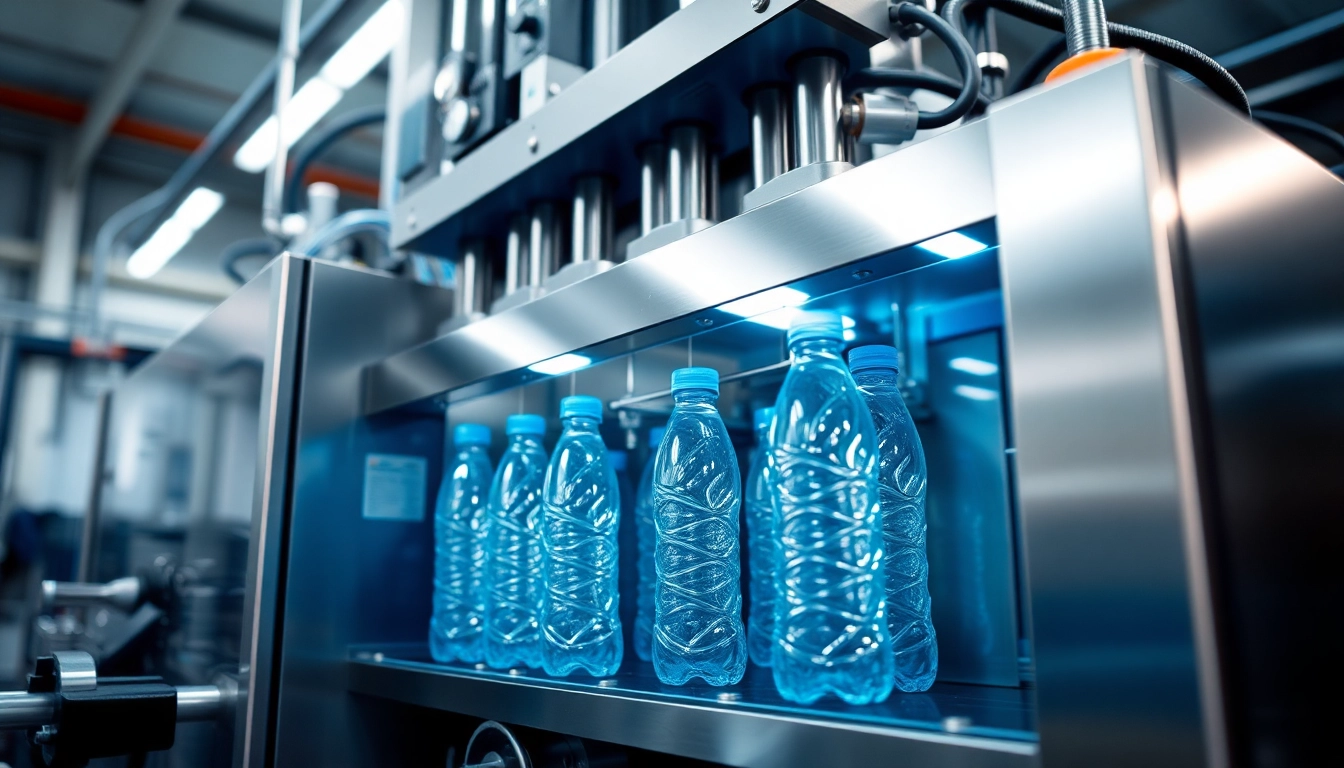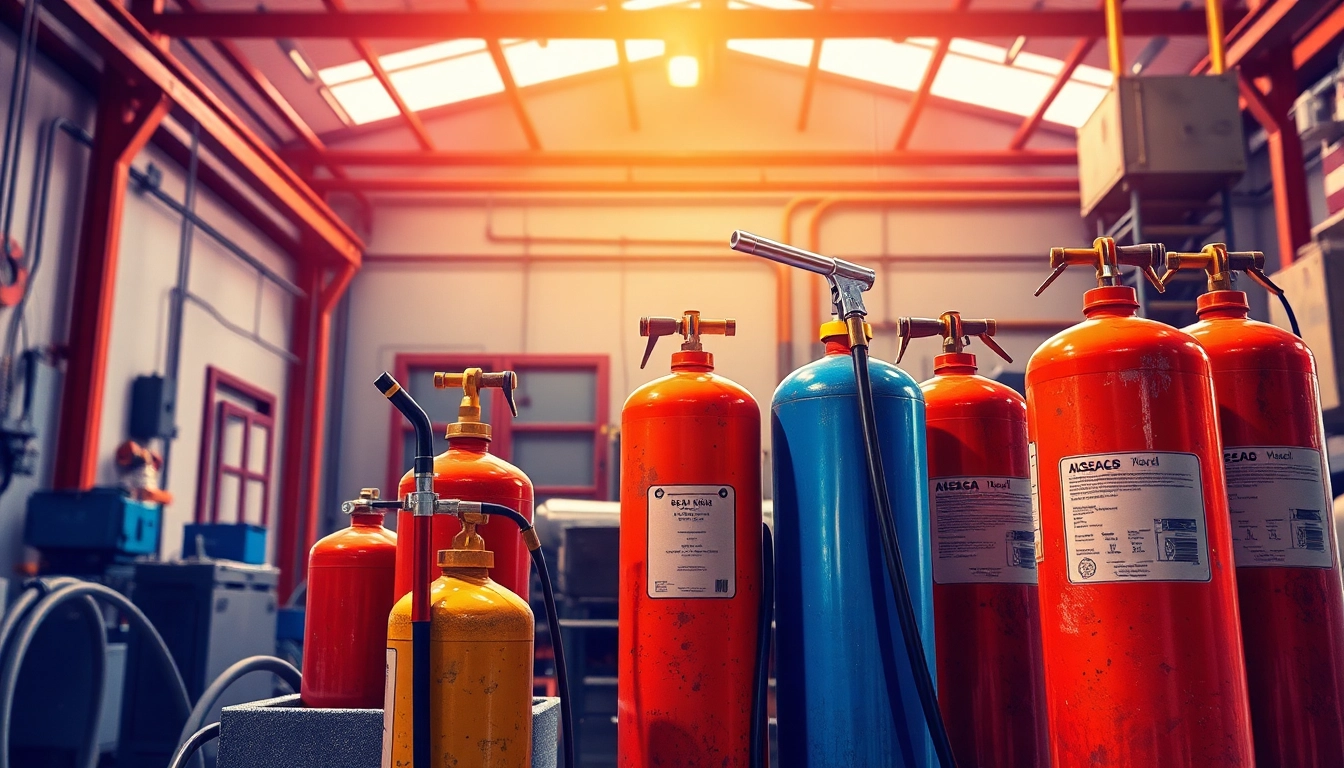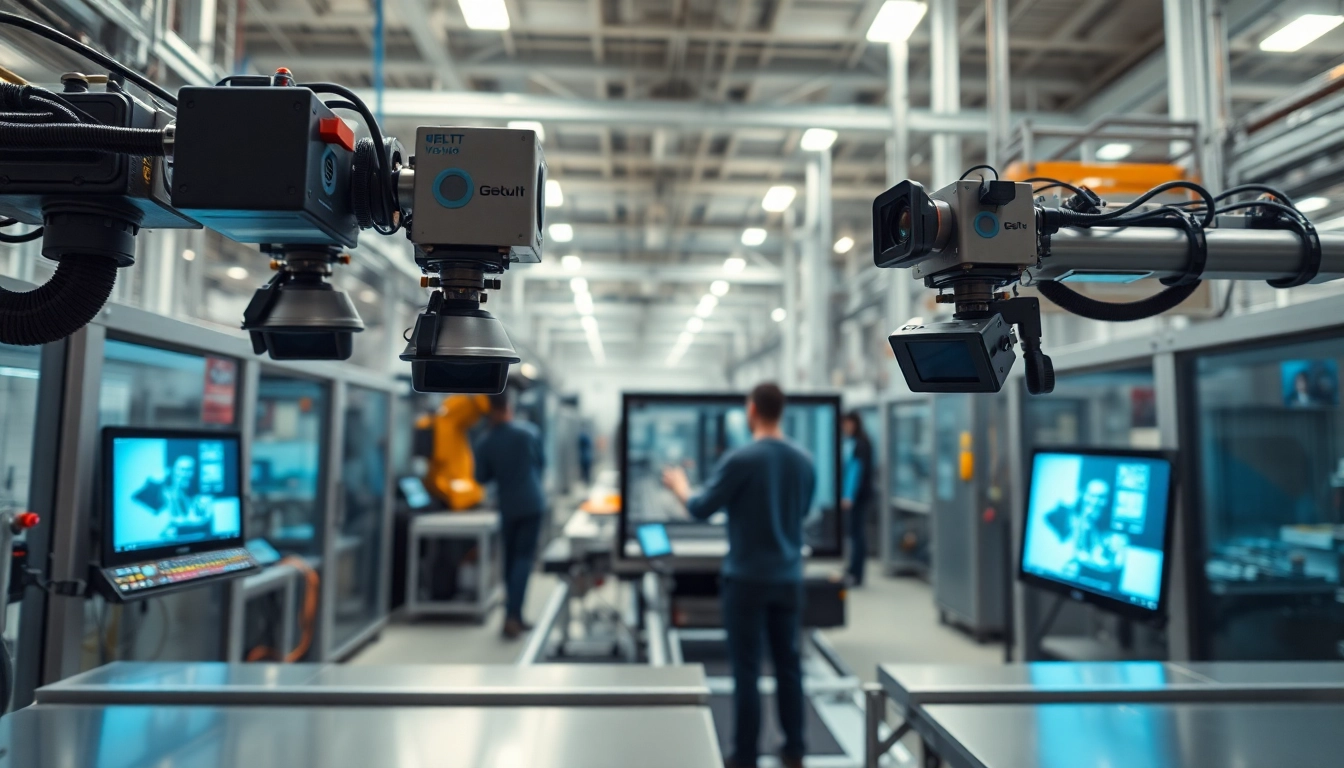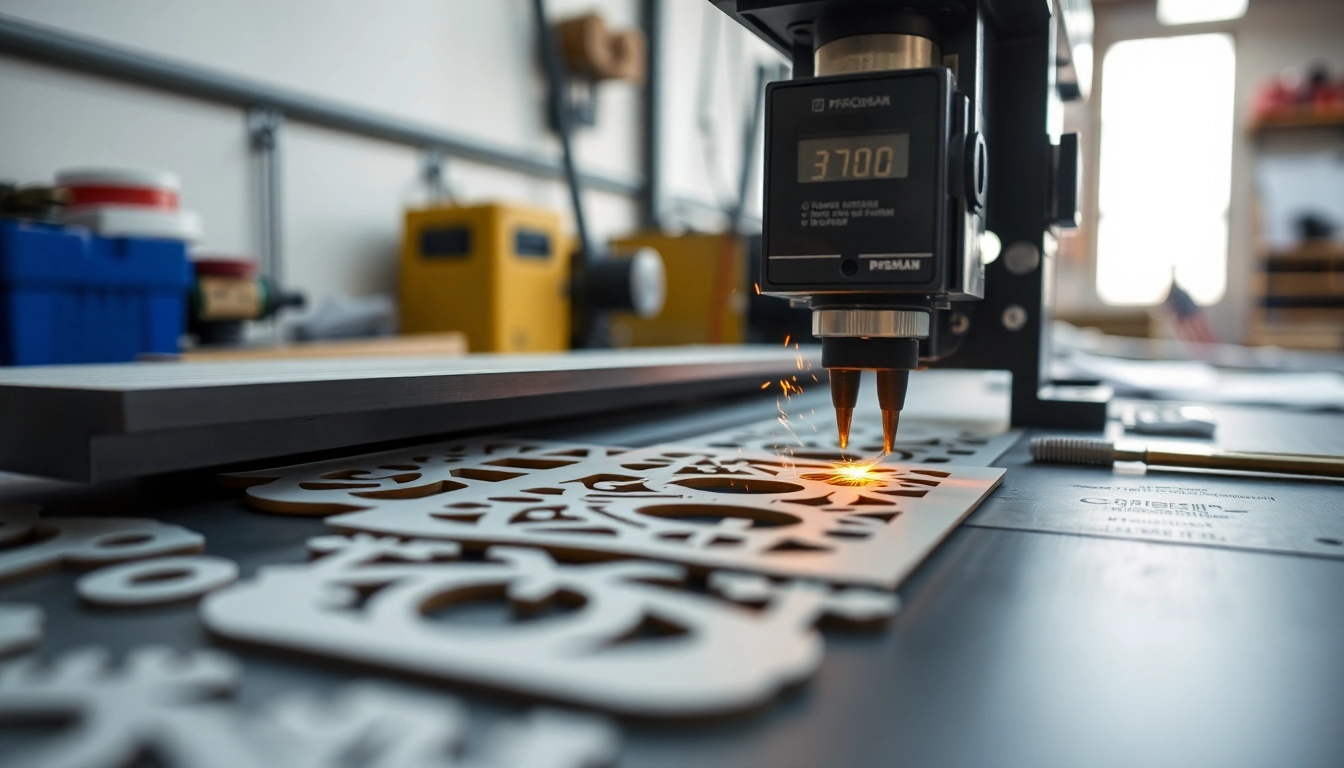Understanding Blow Molding Technology
Blow molding is a widely used manufacturing process for producing hollow plastic products. This innovative technology involves the transformation of plastic materials into desirable shapes, offering a multitude of applications across various industries. As a Blow Molding Machine Supplier, it’s crucial to understand the intricacies of blow molding as it plays a pivotal role in enhancing production efficiency and product quality.
What is Blow Molding?
Blow molding is a manufacturing process that involves inflating soft plastic into a mold cavity to form hollow structures. The process begins with a tube-like piece of plastic, known as a parison, which is heated until it becomes pliable. Once it reaches the desired temperature, the parison is clamped in a mold and air is blown into it, expanding it to match the shape of the mold. This technique is notably efficient for producing items like bottles, containers, and custom shapes.
Types of Blow Molding Processes
There are three main types of blow molding processes:
- Extrusion Blow Molding: In this method, a continuous parison is formed by extruding plastic into a tube, which is then inflated in the mold. It’s commonly used for making bottles and other hollow products.
- Injection Blow Molding: This involves injecting molten plastic into a mold to form a preform, followed by transferring it to a blow mold to achieve the final shape. This technique is ideal for producing high-precision items.
- Stretch Blow Molding: Often performed in two steps, this process first creates a preform via injection molding. The preform is then reheated and stretched during the blow-molding phase, leading to enhanced strength and clarity, making it suitable for PET bottles.
Applications of Blow Molding Machines
Blow molding machines are integral to a broad range of applications. Industries such as packaging, automotive, consumer goods, electronics, and pharmaceuticals utilize blow molding to create functional and aesthetic products. Specific applications include:
- Packaging: Bottles, jars, and containers are commonly produced using blow molding, catering to food and beverage industries.
- Automotive: Various automotive parts are fabricated, including fuel tanks, air ducts, and covers.
- General Consumer Products: Toys, household goods, and appliances often incorporate blow-molded components for durability and design.
Choosing the Right Blow Molding Machine Supplier
Selecting the appropriate blow molding machine supplier is essential for ensuring the efficiency and quality of your production line. With a plethora of options available, here are key considerations to keep in mind.
Key Factors to Consider
When evaluating suppliers, consider the following:
- Experience and Reputation: Look for suppliers with a proven track record in the industry. Established suppliers often have comprehensive knowledge and technical expertise.
- Machine Specifications: Understand the technical specifications of the machines offered, including capacity, versatility, and automation level.
- After-Sales Support: Quality of service post-purchase is crucial. Suppliers should offer training, maintenance, and support services.
- Price and Value: While cost is a factor, it should not be the only consideration. Evaluate the overall value provided, including the quality of machines and support.
Evaluating Supplier Credentials
To ensure you are partnering with a reliable supplier, evaluate their credentials by:
- Certifications: Check for industry-standard certifications that demonstrate compliance with safety and quality regulations.
- Customer References: Request and analyze feedback from current and previous clients to gauge satisfaction and reliability.
- Product Portfolio: Review the range of blow molding machines and technologies offered to ensure they meet your specific needs.
Questions to Ask Your Potential Supplier
When engaging with suppliers, consider asking the following questions:
- What types of blow molding processes do you specialize in?
- Can you provide case studies or examples of successful implementations?
- What is your response time for service and support requests?
- What training do you offer for operating and maintaining the machines?
Industry Trends and Innovations in Blow Molding
The blow molding industry is constantly evolving, driven by innovations in technology and changing market demands. Understanding these trends can give businesses a competitive edge.
Emerging Technologies in Blow Molding
Advancements in materials and technology are transforming blow molding processes. Some notable innovations include:
- 4D Printing: Incorporating shape-changing materials into blow molding can create products that adapt to their environment.
- Smart Manufacturing: The integration of IoT in blow molding machines allows for real-time monitoring and optimization of manufacturing processes.
- Automated Systems: Increased automation reduces labor costs and enhances production speed, making operations more efficient.
Eco-Friendly Practices in Blow Molding
With the rising awareness of sustainability, the blow molding industry is contributing to eco-friendly practices in various ways:
- Recyclable Materials: Using bio-based and recyclable materials minimizes environmental impact.
- Energy-Efficient Machines: Investment in energy-efficient blow molding machines helps reduce energy consumption and operational costs.
- Waste Reduction: Implementing strategies to minimize byproducts and optimize material usage contributes to sustainable production.
The Future of Blow Molding Machines
As market needs evolve, the future of blow molding machines is likely to include:
- Customization: More manufacturers will offer customizable machines to meet specific production requirements.
- Integration with AI and Big Data: Data analytics will shape how manufacturers optimize processes and decision-making.
- Enhanced Safety Features: As safety regulations become stricter, innovations will focus on improving machine safety and worker protection.
Maintenance and Efficiency Tips for Blow Molding Machines
Regular maintenance and efficient operation of blow molding machines are essential for maximizing productivity and minimizing downtime. Here are some best practices:
Regular Maintenance Best Practices
To ensure the longevity and performance of blow molding machines, implement the following maintenance strategies:
- Daily Inspections: Conduct daily checks on all machine components to identify wear and tear before they become significant issues.
- Scheduled Maintenance: Establish a maintenance schedule that complies with manufacturer recommendations for servicing and inspections.
- Cleanliness: Keep the machine and surrounding areas clean to prevent contamination and potential damage.
Maximizing Operational Efficiency
Enhancing operational efficiency can lead to significant gains in production. Consider these strategies:
- Training Staff: Regular training ensures that operators are skilled in both machine operation and maintenance responsibilities.
- Optimize Cycle Times: Analyze cycle times and adjust parameters to reduce production time while maintaining quality.
- Inventory Management: Implement efficient inventory management practices to avoid production delays caused by material shortages.
Troubleshooting Common Issues
Even with the best maintenance practices, issues may arise. Here are common problems and solutions:
- Mold Defects: Inspect molds for wear and damage. Regular cleaning and maintenance can help prevent defects.
- Inconsistent Product Quality: Ensure that process parameters remain consistent and review material quality.
- Machine Downtime: Keep a log of operational issues and develop a troubleshooting guide to resolve common malfunctions quickly.
Case Studies: Successful Blow Molding Implementation
Examining real-world applications can highlight the effectiveness of blow molding in various contexts.
Industry Leaders and Their Solutions
Some industry leaders have set remarkable standards in blow molding technology. For instance, Uniloy has showcased innovative use of multiple blow molding technologies to address diverse manufacturing needs. Their range of products reflects adaptability to market demands.
Cost-Benefit Analysis of Investment
Investing in high-quality blow molding machines can lead to significant cost savings over time. Businesses need to conduct thorough cost-benefit analysis to evaluate initial investment against projected production profits and efficiency gains.
Customer Testimonials and Feedback
Real feedback from customers often highlights strengths and areas of improvement. Testimonials from companies that have integrated advanced blow molding machinery generally reflect enhanced production capabilities and quality improvements.



